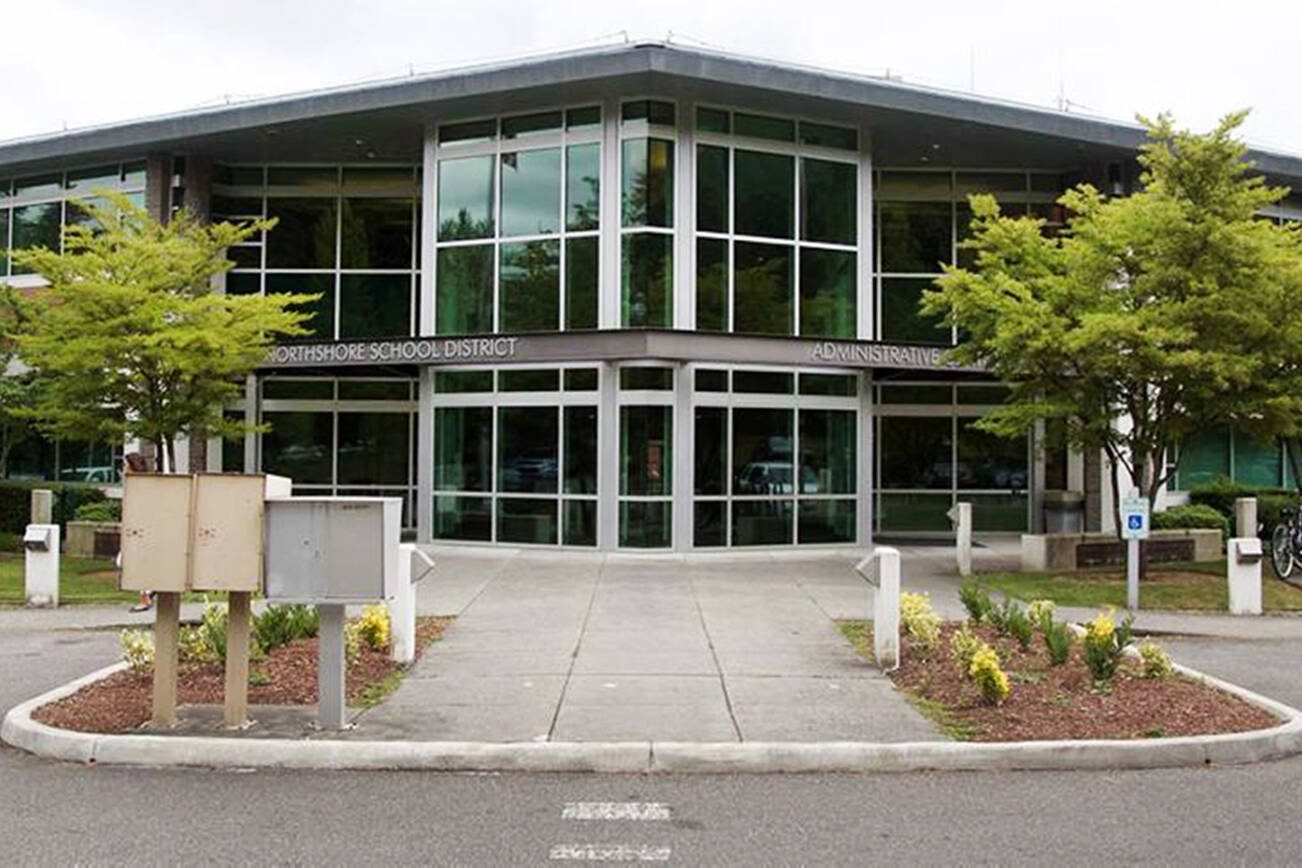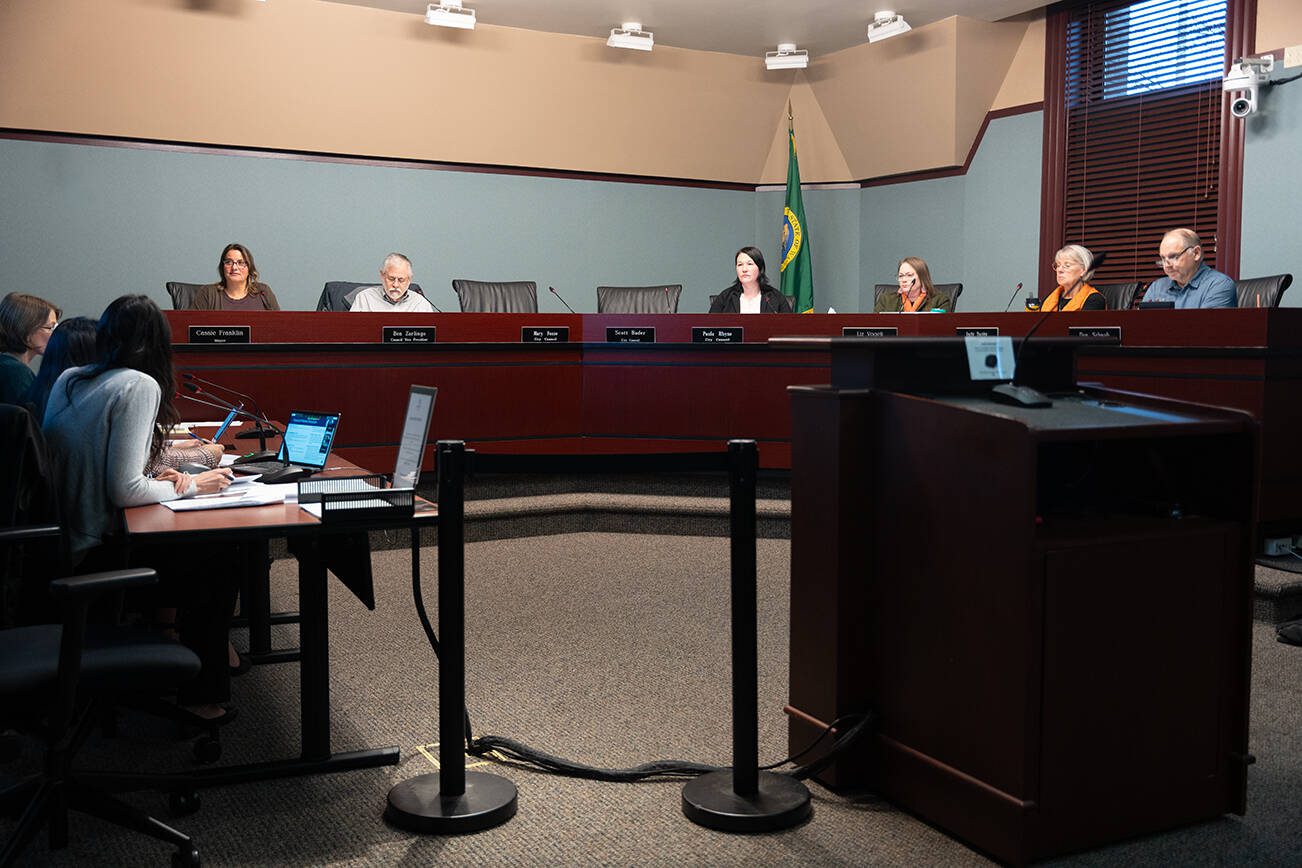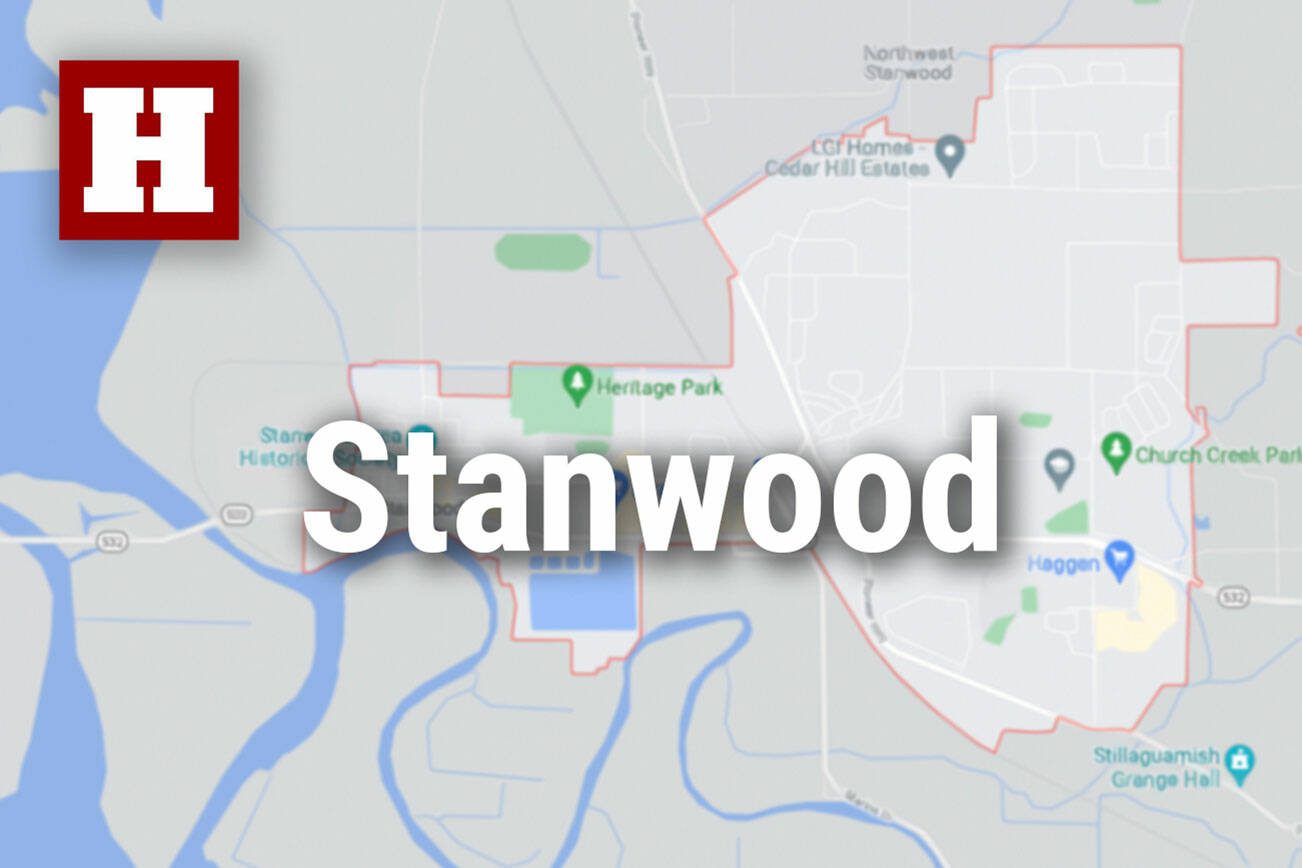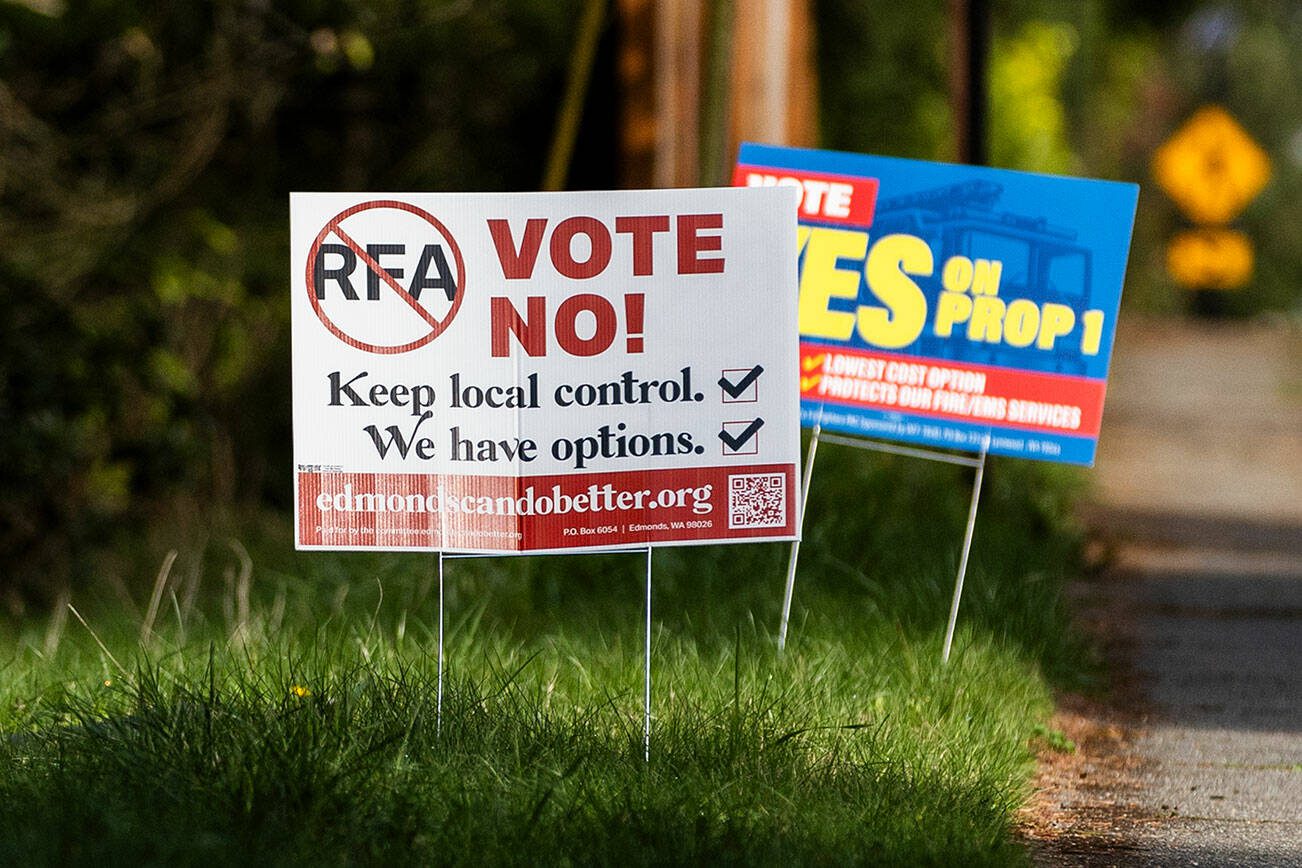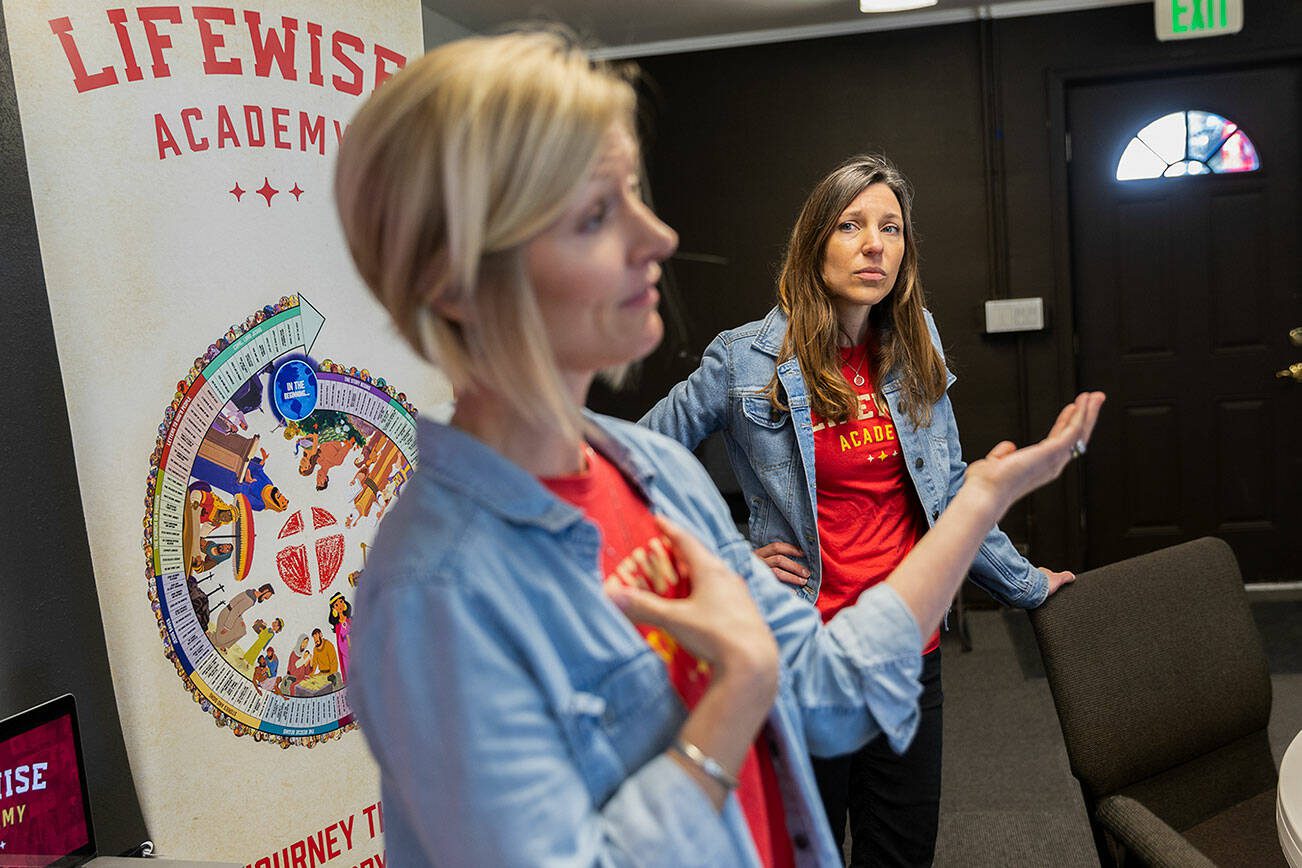EVERETT — Every ZIP code in Snohomish County is unique.
South Everett’s 98204 is the most racially and ethnically diverse — more than 54% of the population identified as non-white or multiracial, according to recently released data from last year’s U.S. Census. It’s one of two local ZIP codes where the majority of residents are non-white or multiracial.
The other is 98087, just south of 98204, along Highway 99 in South Everett.
Conversely, 98241, which covers Darrington, has the highest percentage of white residents (85%) and is the smallest ZIP code by population, with about 2,500 people.
Snohomish County’s largest ZIP code is 98012 in Mill Creek and North Creek, with about 95,000 residents.
That area was also one of two local ZIP codes that saw the non-white-only portion of the population increase by 20 percentage points since the last count — the biggest shifts in racial and ethnic diversity. The other was 98021, which covers Canyon Park and parts of Alderwood Manor.
By size, Lake Stevens’ 98258 experienced the most growth since 2010. It grew by more than 70% to reach its current population of about 55,000.
And all but two Snohomish County ZIP codes — Maltby’s 98296 and 98077 — saw at least some population increase from 2010 to 2020.
Overall, the county gained 114,000 new residents over the past decade to reach a population of 827,957. The 16.1% increase was the sixth-highest jump among Washington’s 39 counties.
Ferry and Columbia were the only counties in the state that saw a decrease. However, nationwide most U.S. counties shrunk from 2010 to 2020.
As a whole, Washington grew by 14.6% to a population of 7.7 million.
“We’ve had some strong, positive growth,” said Mike Mohrman, a forecast analyst with the state Office of Financial Management. “Much more than other parts of the country.”
People moving here
Much of the population boom has to do with immigration into the state, Mohrman said, as opposed to an increase in birth rates.
It’s too early to tell who’s migrating and from where.
“That is one of the trickiest things to figure out,” Mohrman said. “Migration patterns change. Some federal administrations have been more welcoming of foreign immigrants, others less so.”
The state economy, he added, is another driving force for growth.
“We’re pretty fortunate to live in a region where there are lots of good jobs, good tech jobs from a number of companies,” Mohrman said. “In Snohomish County, Boeing comes to mind, and, of course, Amazon.”
For the most part, cities up and down the I-5 corridor, from Mountlake Terrace to Stanwood, saw double-digit increases in population.
In the south county, Sound Transit’s new Link light rail extension is spurring rapid development in Lynnwood and surrounding areas.
“I expect that there would be continued growth in those cities along the new transit corridor,” Mohrman said.
The 2020 census data shows populations and demographic information for the country, down to the neighborhood level, as of April 1, 2020.
The census also generates a diversity index for counties and states.
In 2020, Snohomish County moved up to the fifth-most-diverse county in the state. After the last census, it was 10th.
The county’s non-white and multiracial share of the population grew by 10 percentage points, from 26% to 36%.
Nationwide, experts say, large jumps in racial and ethnic diversity reflect natural trends but also are partially due to changes in how the census operates.
The 2020 survey gave people more opportunities to explain their racial background. That could account for how Snohomish County’s population of people of two or more races grew by 173.5% in the past 10 years — by far the largest jump for a single demographic.
Some contend many racial and ethnic groups are still under-counted by the census, for reasons ranging from the COVID-19 pandemic, which hindered door-to-door outreach for the survey, to historical distrust in government institutions.
Political boundaries
The updated population numbers will help decide how the five Snohomish County Council districts are redrawn.
Under state law, the updated boundaries must be nearly equal in population, be as compact as possible, consist of geographically contiguous areas and not use the data to favor or disfavor any racial group or political party.
The new districts should also coincide with existing natural boundaries and preserve communities of related and mutual interest.
The county’s redistricting committee’s next public meeting is set for Sept. 22.
County residents are encouraged to participate, either in the Snohomish County Council chambers at 3000 Rockefeller Ave. in Everett or online via Zoom. Written comments and feedback can be emailed to districting@snoco.org.
The committee consists of five voting members. Four of them — two Republicans and two Democrats — were appointed by the County Council.
Members expect to prepare drafts of the new boundaries by October. The council must approve a plan by December.
Joey Thompson: 425-339-3449; jthompson@heraldnet.com. Twitter: @byjoeythompson.
Talk to us
> Give us your news tips.
> Send us a letter to the editor.
> More Herald contact information.






